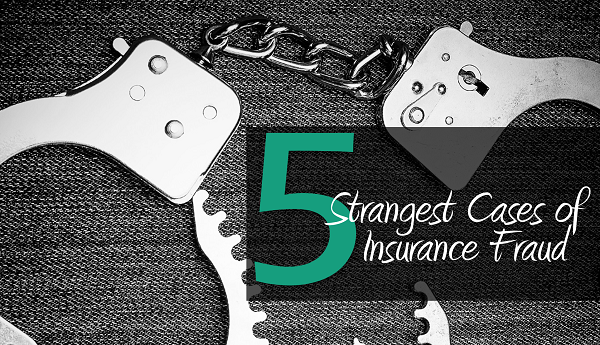
New Year’s Eve has always been a time for looking back to the past, and more importantly, forward to the coming year. It’s a time to reflect on the changes we want (or need) to make and resolve to follow through on those changes.
Unfortunately, while most New Year’s resolutions are made with vigor and hope, most people don’t make it past the first month with their resolutions.
We have provided 9 tips and tricks to help you achieve your goals and ensure your resolutions don’t fall by the wayside.
Please take a few moments to explore the attached tips and infographic to hopefully find a little insight and/or inspiration as you are setting your own goals for the New Year.
1. Make it something you really want. Don’t make it a resolution that you “should” want or what other people tell you to want. It has to fit with your own values.
2. Limit your list to a number you can handle. It is recommended that you make only two or three resolutions that you intend to keep, That way, you’re focusing your efforts on the goals you truly want.
3. Be specific. To be effective, resolutions and goals need to be pretty specific, Jettison the amorphous “exercise more,” in favor of “I’m working out at the gym Monday, Wednesday and Friday at 5:30 p.m.”
4. Automate. Automating financial goals can maximize your odds for success without you having to do anything,
For example, if your goal is to save $3,000 this year, calculate the amount out of each check, then arrange to have it automatically deposited into your savings account each time you get paid.
5. Make a plan. Rather than stating one daunting goal, create a series of smaller steps to reach it.
If you need immediate rewards, here’s a suggestion. “Ask yourself: What are the short-term goodies?” says Susan Wilson, co-author of “Goal Setting: How to Create an Action Plan and Achieve Your Goals.”
For example, if you want to exercise regularly and love spending time with your friends, getting the group together to walk regularly could give you a short-term payoff and help you meet the long-term goal, she says.
6. Be prepared to change some habits. One reason that resolutions fail is people don’t change the habits that sabotage them.
One potent approach is to realize that all you ever have is the present moment. So ask what you can do now that will get you closer to your goal.
It could mean trade-offs such as sacrificing an hour of couch time for your new goals.
Another good strategy is to arrange your life so you don’t have to wrestle with temptation.
7. Write down the goal and visualize it regularly. Writing and visualizing are effective tools for fulfilling a goal because they fix it firmly in the subconscious.
And if you write down your goals, put them in a prominent place where you’ll view them frequently, such as on the fridge or on your desk.
8. To tell or not to tell? Having someone hold you accountable can be a powerful tool. In general, making a public commitment adds motivation.
Skip the naysayers, but if you have one or two people in your life who will act as cheerleaders or coaches, share the goal with them.
9. Forgive yourself. If you fall off the wagon, jump back on. Many people fall into the trap of believing that if they stumble, they should give up.
The truth is you don’t have to wait for next year or for some magic moment. Instead, realize that slipping is part of the process. Then, get back to your goals.



